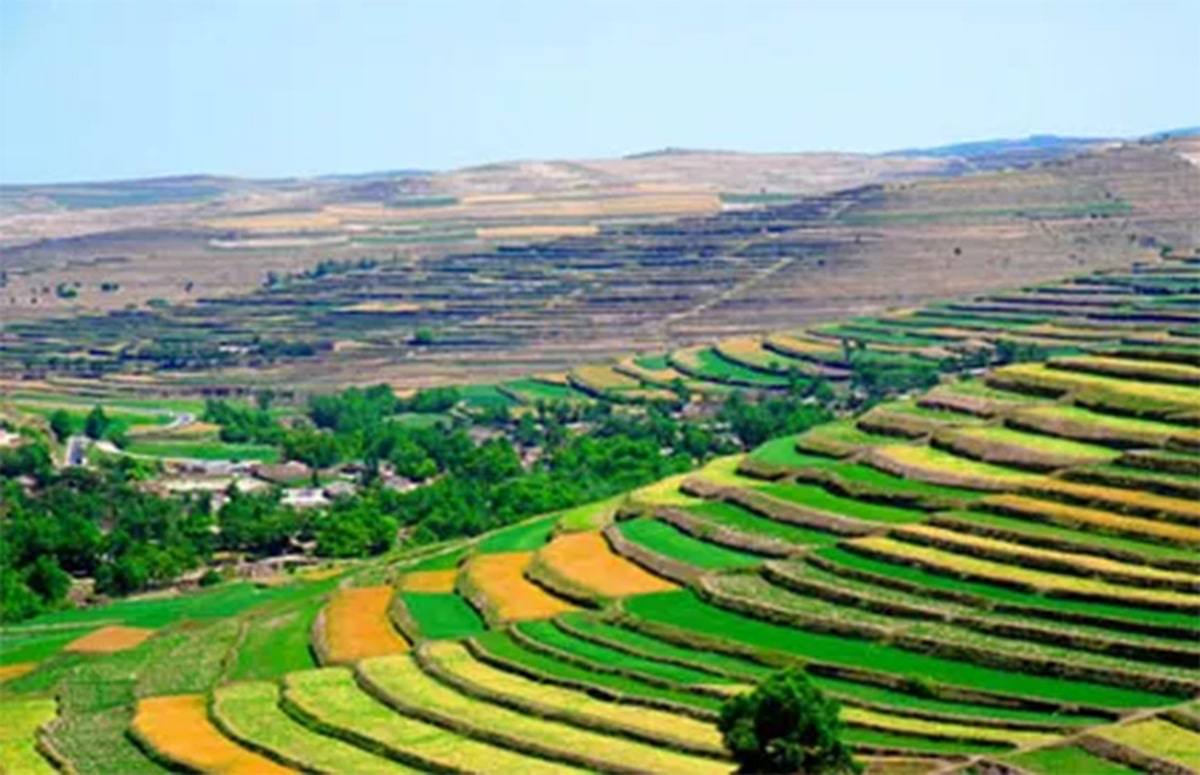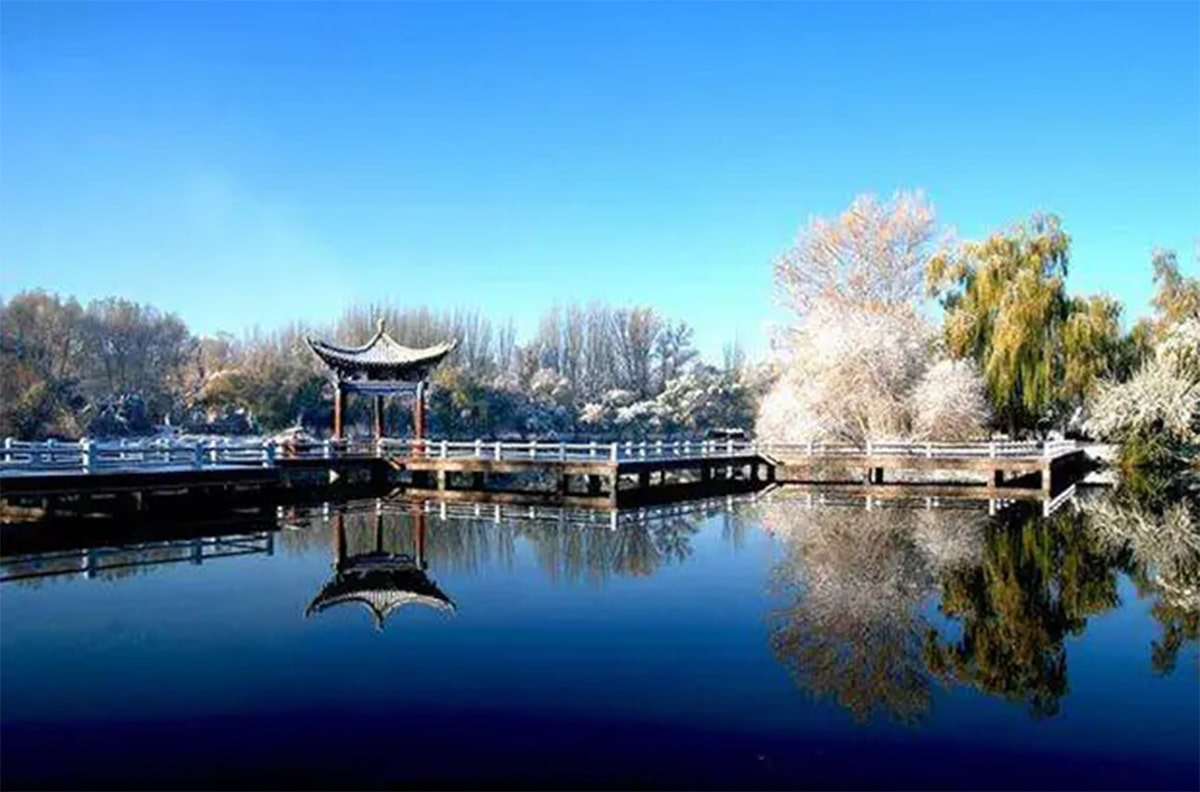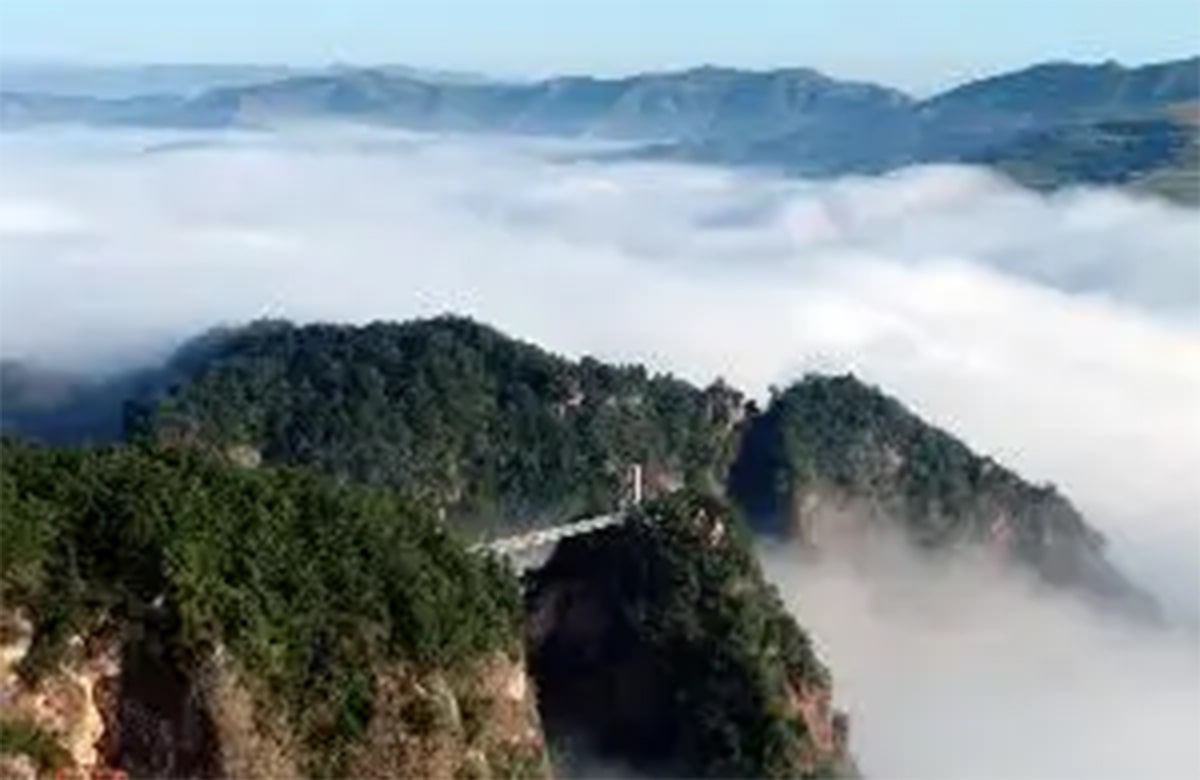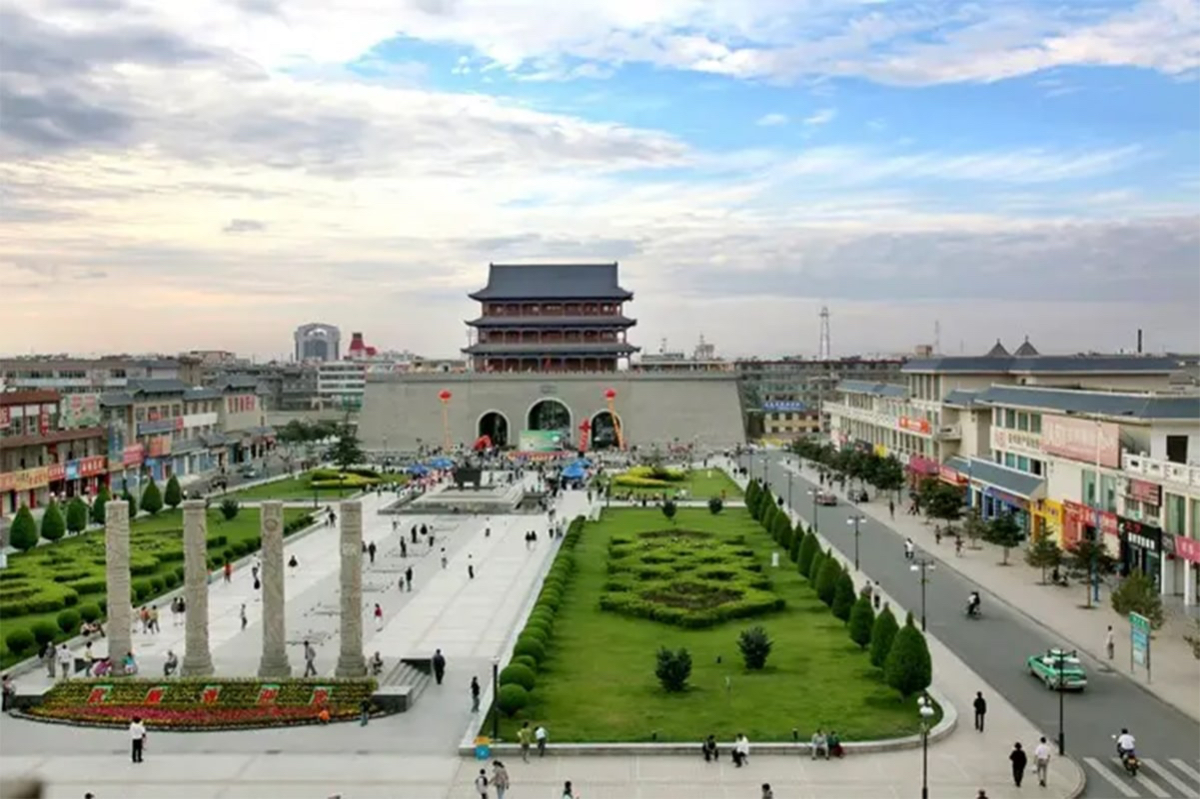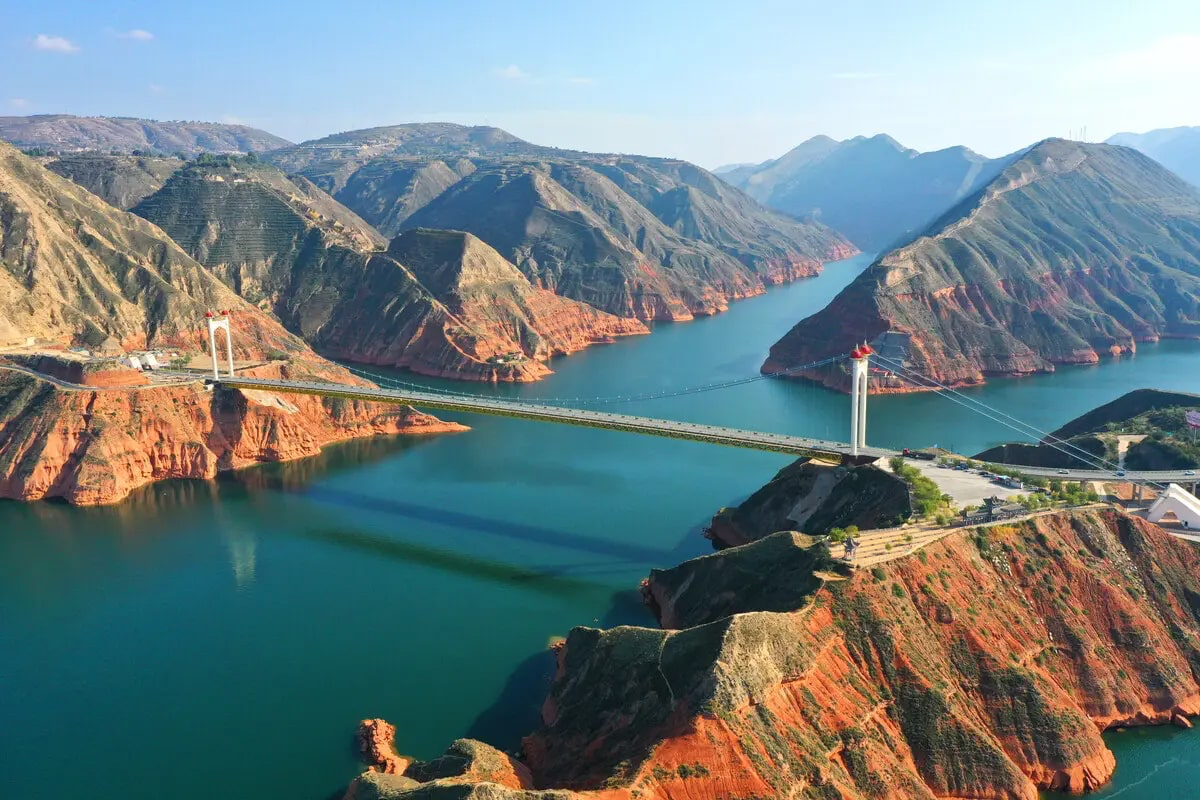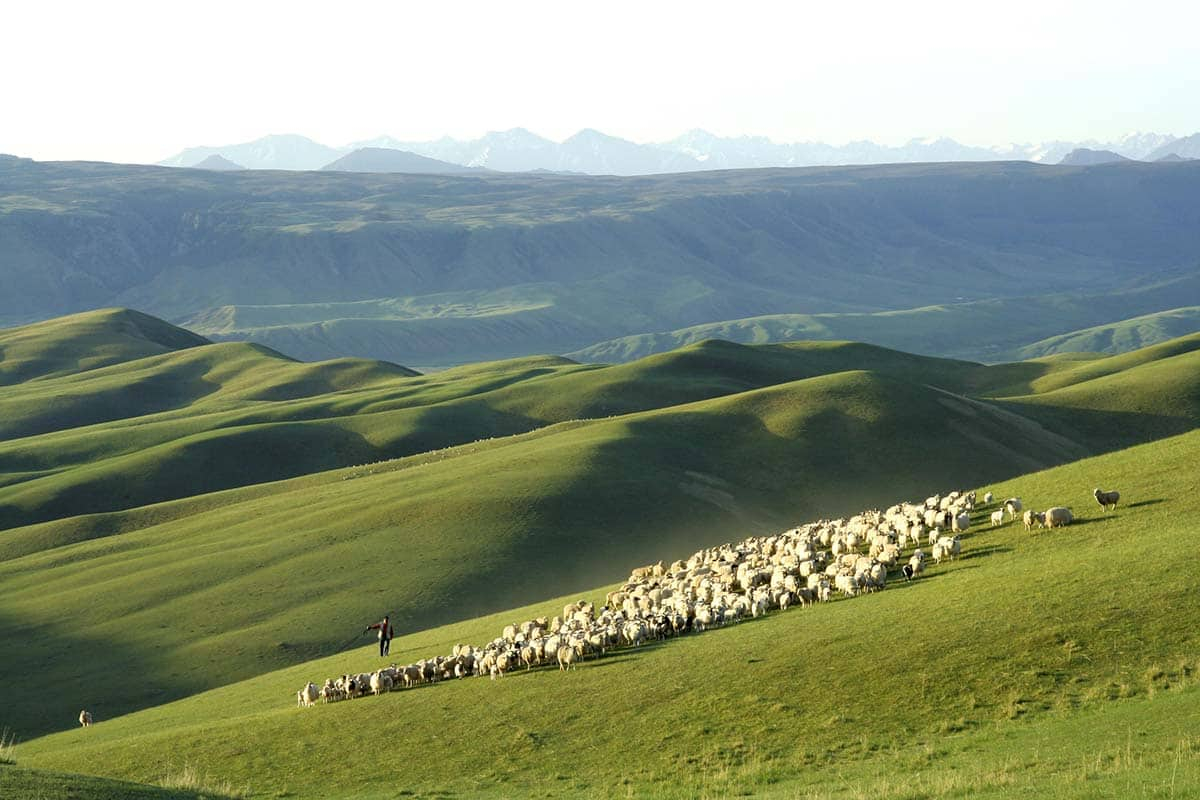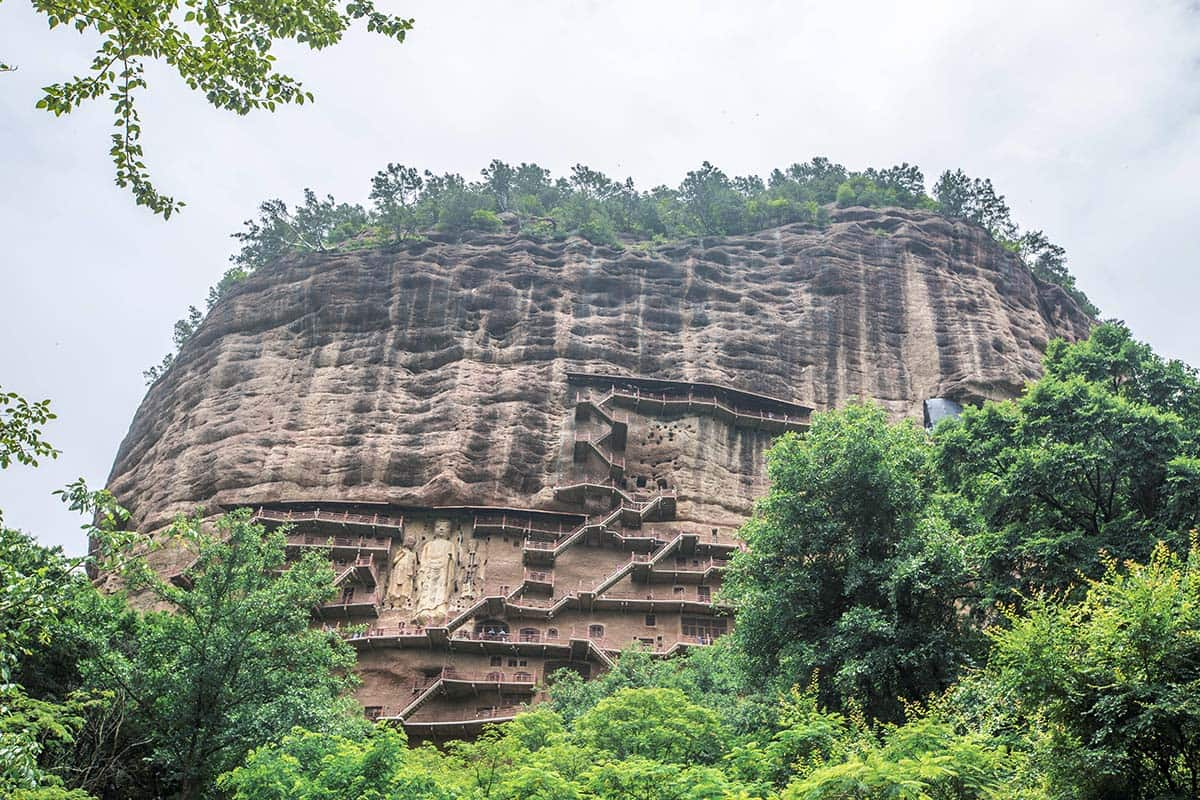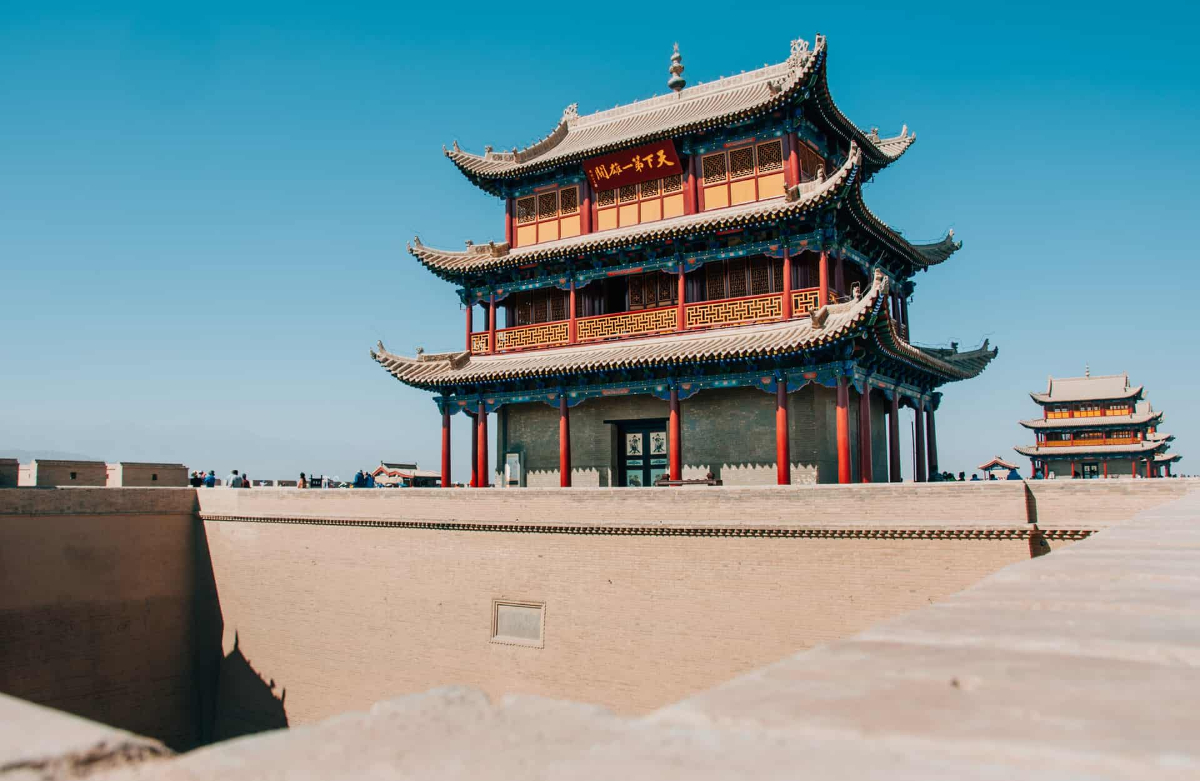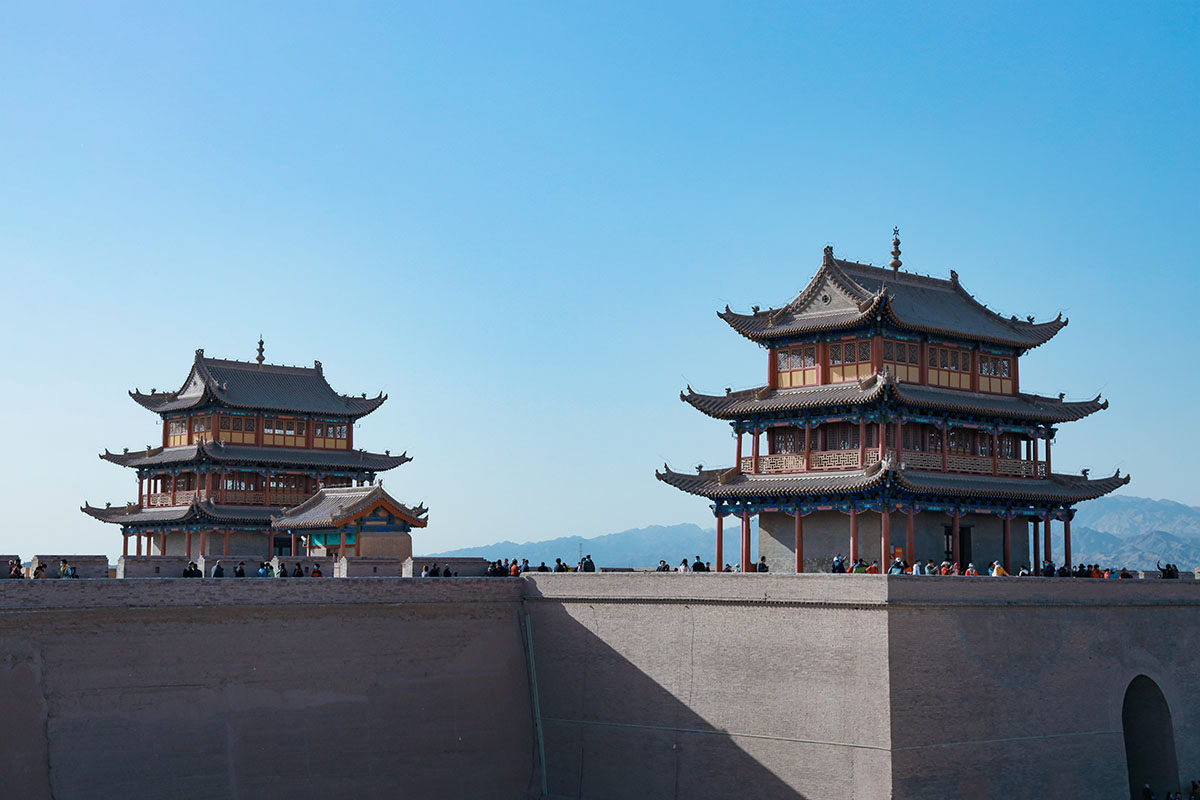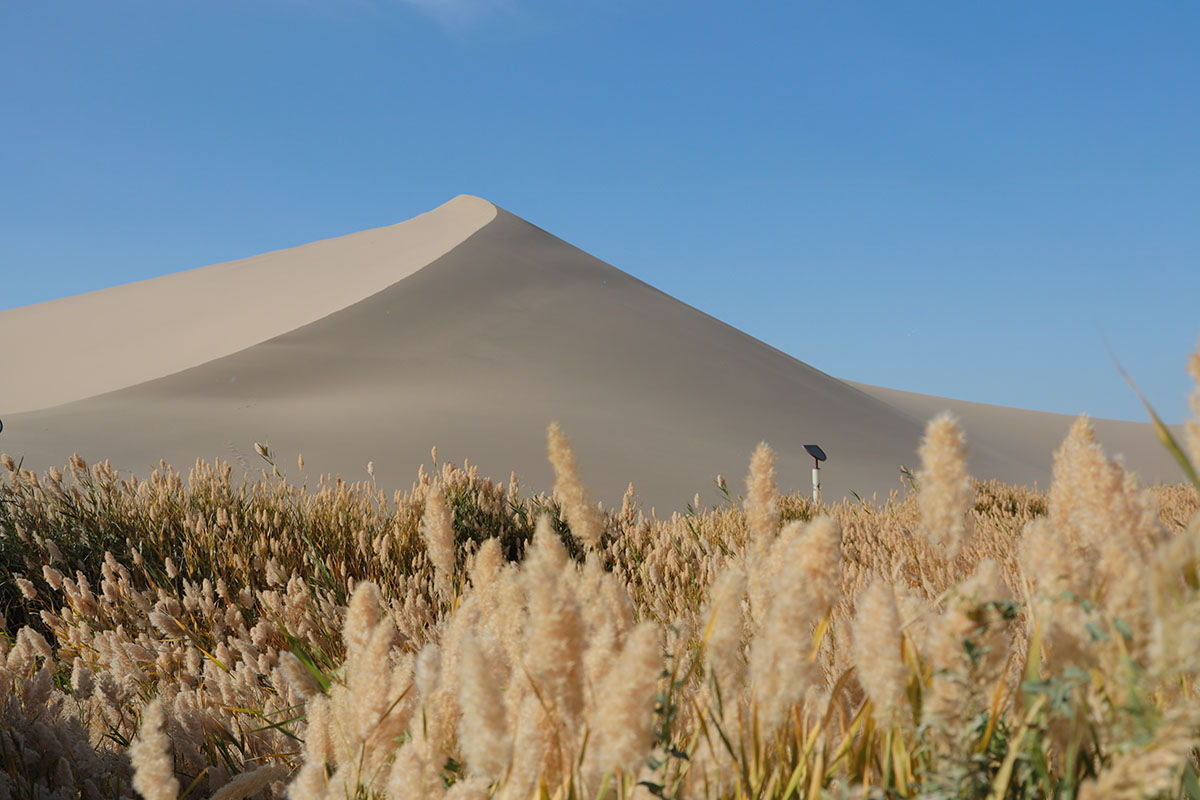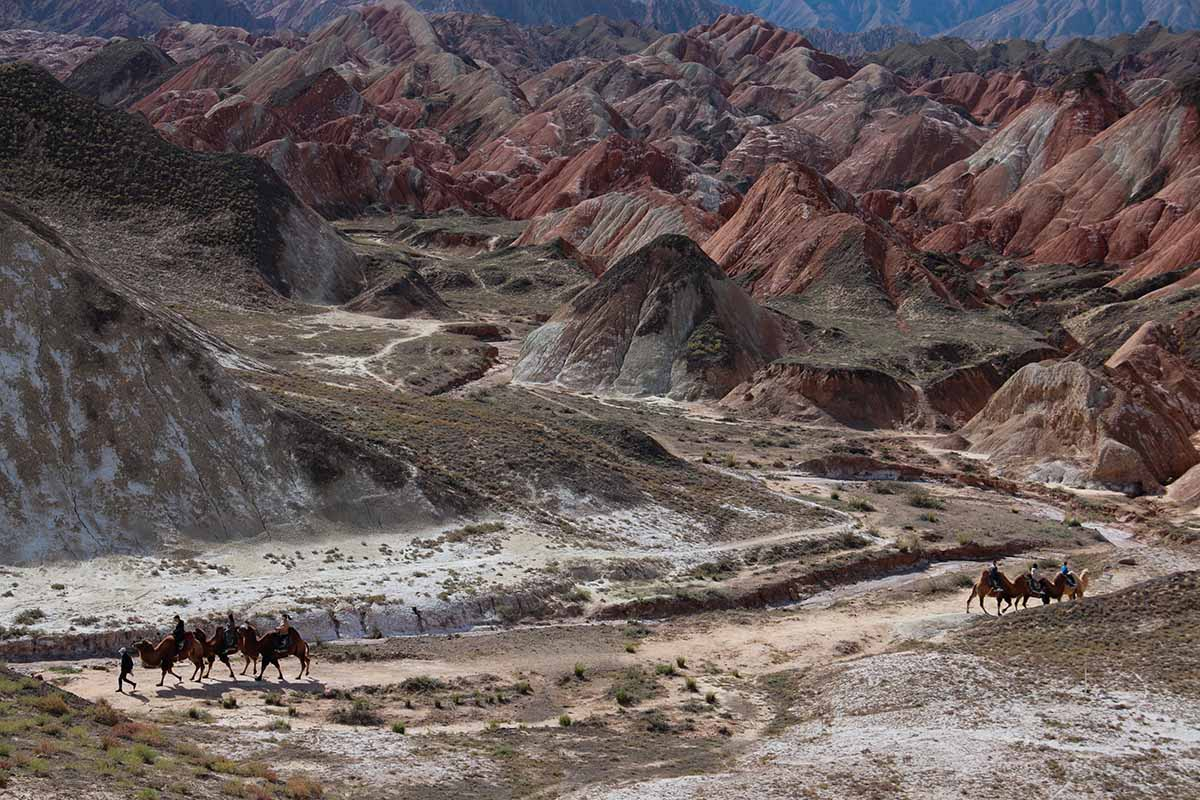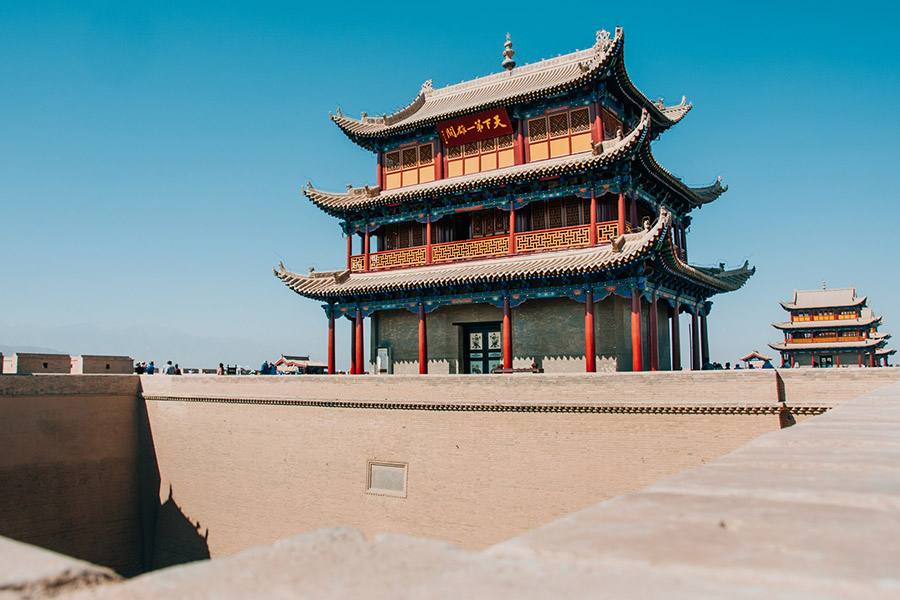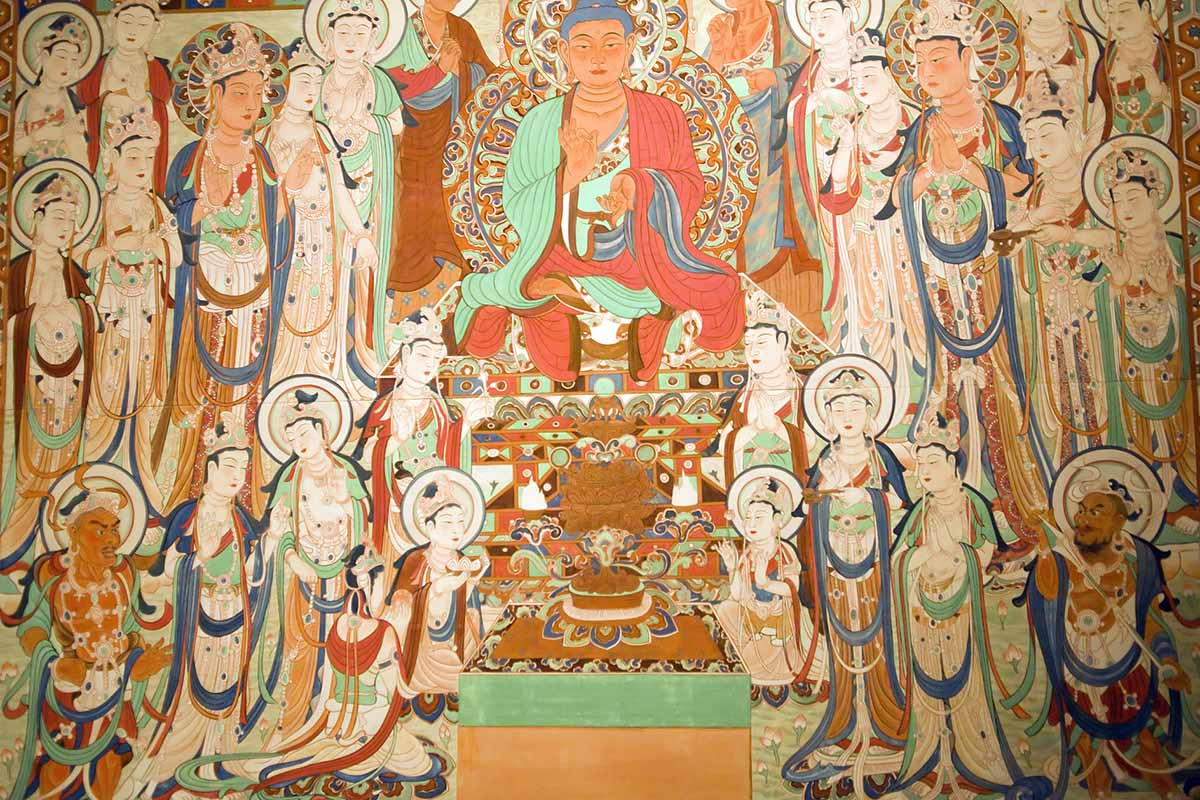Gansu Tianshui Travel Guide
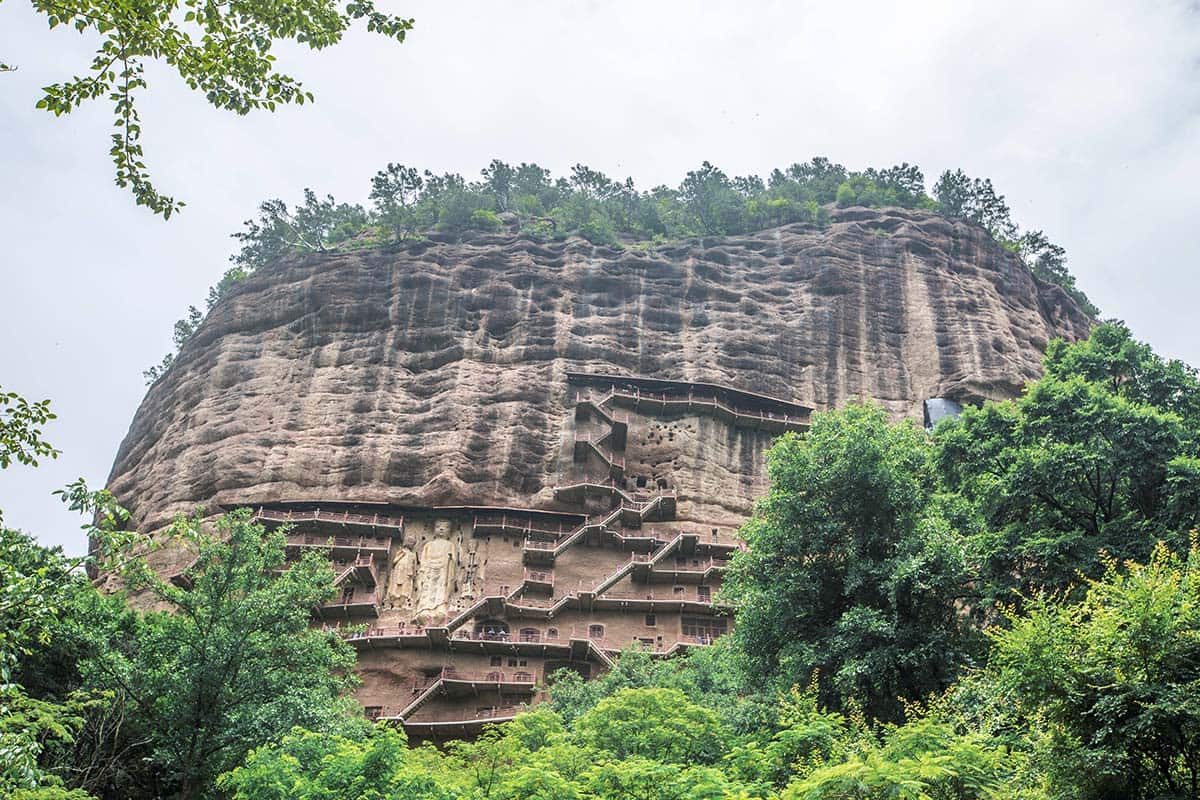
Tianshui is a prefecture-level city in Gansu Province, northwest of China. It sits southeast of Gansu, west of the mighty Qinlin mountain range, middle of Wei River. It is now one of the major city on the Guanzhong plain and key city on Silk Road Economical Belt. It is home to some 3 million people. It consists of 2 districts (Qinzhou district and Maiji District) and 5 counties (Gangu, Wushan, Qin’an, Qingshui and Zhangjiachuan). Tianshui region sits at elevation between 1000-2100 meters. The main urban areas of Tianshui is around 1100 meters in elevation. Tianshui is a city with long history and rich culture. It is considered the birth place of Fuxi, the ancient ancestor of Chinese people. Tianshui is also the origin of Qin State; a kingdom existed from 8th century BC to 3rd century AD. Qin state is the predecessor of Qin empire, the first empire ever to unified much of nowadays China.
● What to do to where to go in Tianshui
Of course the most attractive feature of Tianshui , is its ancientness. Many argued that Tianshui is the birth place of the story of Fuxi. Fuxi is considered the founding father of all Chinese ethnics. It was this man who conceptualized China, or Huaxia as it was known before. Although, Fuxi is largely a mythical figure, many people in China still worship him for his power and benevolence. The influence and image of Fuxi is so present in Tianshui . One of the good place to feel that rich culture is the Fuxi Temple.
Fuxi Temple is also named Taihao Palace, and it is also known as Renzhong Temple. After the ninth renovation and expansion in Emperor Guangxu's reign during the Qing Dynasty, it covered an area of 13,000 square meters. The remaining temple only covers about 6600 square meters.
Maijishan Grottoes
The place travelers must visit if the Maijishan Mountain. Located 45 kilometers (about 28 miles) southeast of Tianshui City in Gansu Province, Maiji Mountain rises up abruptly 142 meters (about 155 yards) from the landscape. The people named the mountain 'Maiji' because it resembles a stack of wheat straw seen from distance (mai means “wheat” in Chinese, and ji means “stack”).
What made this mountain significant are 194 well preserved grottoes built in different dynasties such as the Beiwei, Xiwei, Beizhou, Sui, and Tang, the Five Dynasties, Song, Yuan, Ming and Qing. The making o these grottos began in early 4th century AD. There are currently 7000 clay sculptures and carved stone statues. This grotto group, unlike the column-centered caves in the famous Mogao Grottoes, was built fully based on ancient Chinese tradition. Many fine statues, carved before the Sui Dynasty, are much more valuable than the statues in the Mogao Grottoes that were modified afterwards during several dynasties.
Daxiangshan Grottos
Ancient grottos are not unique to Maijishan. 60km away from dowotown Tianshui , there is a place named Daxiang Mountain. It is also called Wenqi, is a steep mountain in Gangu county. It is 2.5 kilometers from the downtown Gangu county. When you look at the mountain from the front, it looks like a flag. On the mountain, junipers and pines grow in wanton profusion. Pavilions, platforms, chambers and towers nestle at the foot, and encircling trees hide carved beams and painted rafters. On the cliff of the mountain is a big cave grotto in which sits a giant Buddha. The giant Buddha is 23.3 meters high and 10.4 meters wide at its waist. It welcomes tourists with a genial facial expression, but has a solemn appearance, and long ears reaching to the shoulders, a magnificent physical prowess, slanting cassocks, and stubbles like tadpoles, and it sits in a lotus position, serene and calm. At each side of the giant Buddha was the long corridor that was built like a girdle following the shape of the mountain. 22 huge and marvelous grottoes, square shaped, joined together in the corridor. One special character of the Daxiangshan Grottoes is the large conical arch niche and the chancel at the frontal cliff, as well as Chan grottoes for monks'prapatti. These features are not paralleled in China.
● What to eat in Tianshui
Noodle is the most common food in Tianshui , just as many of its brother cities in Gansu Province. There is a range of styles like GuaGua, Liang Pi, Liang Feng, Jangshui, Sweet Grains, Halah noodles, noodles with sauce, and Jaotuan.
● Tianshui Weather
Tianshui city has a temperate continental climate. It is kind of humid, has well-marked seasons, and mild summers and winters. It has splendid landscape, and a nickname: "South of the Yangtze River." The annual average temperature is 11.5 ℃. The hottest temperature is 33.4 ℃ in July, and the coldest month is January. Tianshui receives an average annual rainfall of about 574 mm. The best season for travel in Tianshui is from September to November every year.
- HOTEST
- RECOMMEND
